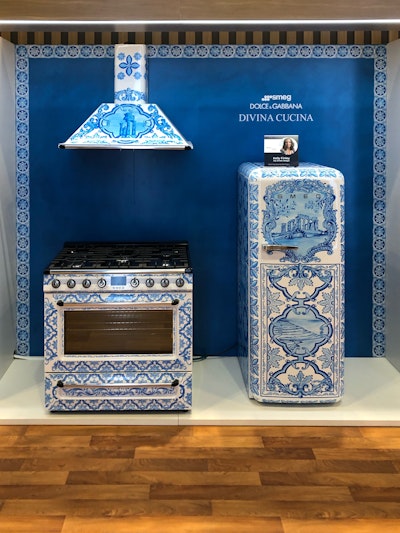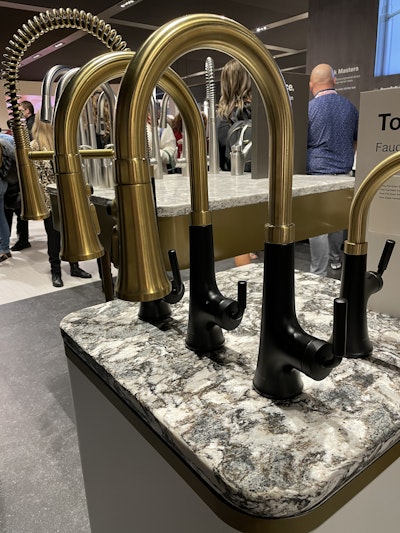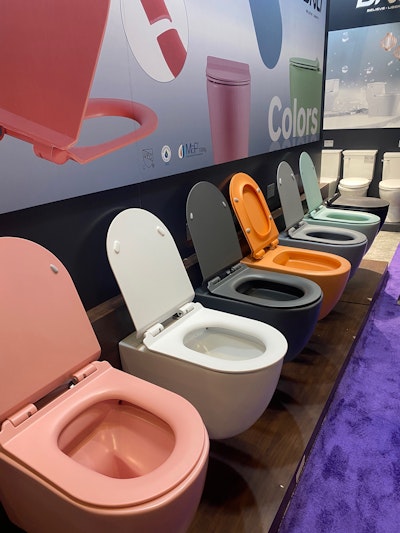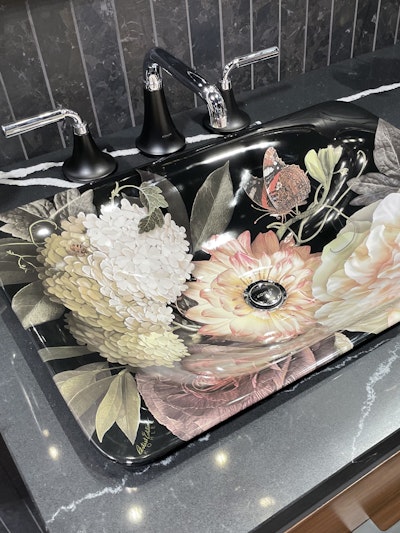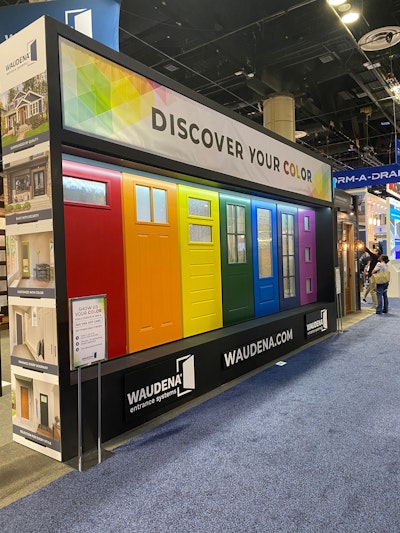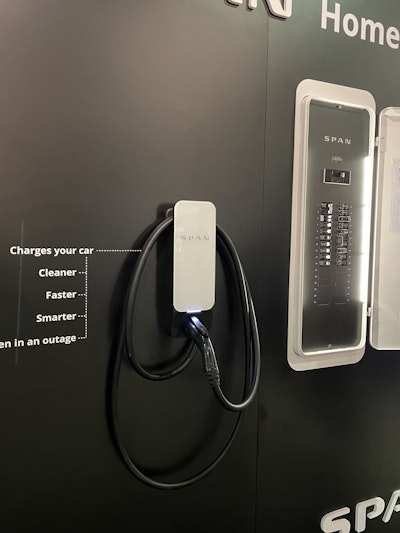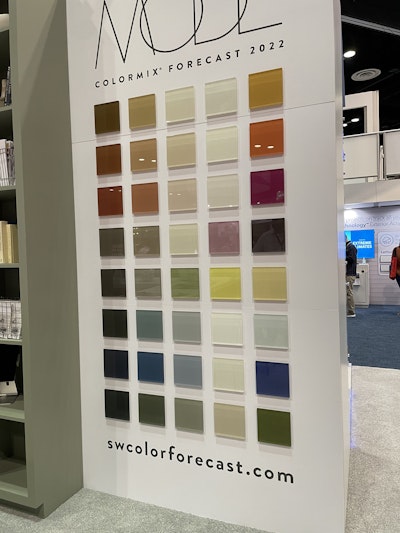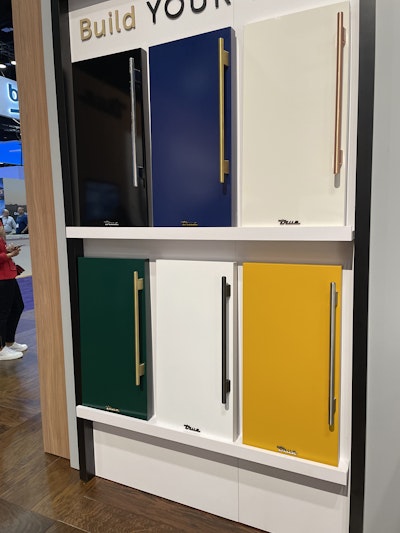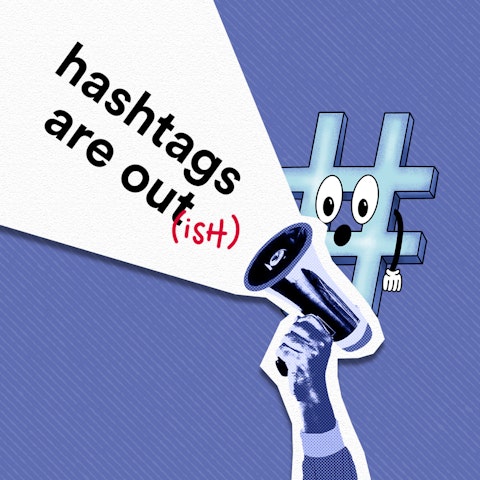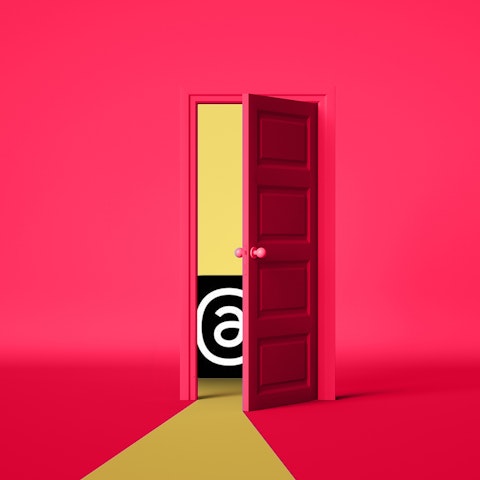WELLNESS AND SUSTAINABILITY
The definition of wellness is bigger and broader than ever before
If there was one overarching theme to this year’s shows, it was the rise of wellness. Whether it was consideration for the raw materials put into products that may minimize allergy triggers, or the creation of seamless comfort in furniture and HVAC for home offices, or even the color palette on walls being designed to energize or soothe, wellness emerged as a primary concern across companies and products.
People are taking wellness personally
Again, wellness is a popular post-pandemic theme, but more specifically we noticed a rise of individualism in wellness thanks to tech tools. The idea is to create a sanctuary that responds to personal tastes and needs, like smart thermostats that keep temperatures in balance, indoor air quality tools that ensure homeowners are breathing clean air, and daylight harvesting to create optimal brightness in a room. After the past two years—and the changes they have wrought, including more time at home than anyone ever anticipated spending—turning home into a personalized wellness sanctuary has begun to feel more like a need than a want.
Sustainable design will become the norm
Brands are realizing they cannot just pay lip service to health and environmentalism. They need to make these issues top of mind during brand consideration and product design. Brands like Insinkerator did it with a graphic and video on how to manage food waste and its impact during the show.
DESIGN
Designer collaborations continue to stand out
Brands continue to push the creative boundaries to separate themselves from the sea of sameness by evolving their design collaborations. One popular example was the partnership between Italian mega-brands SMEG and Dolce & Gabbana, a head-turning collection of high-end appliances. Love it or hate it, everyone wanted a photo.
Bold pops of color persist, in unexpected places
From front doors to refrigerators and even toilets and inside sinks—bright, bold colors were popping up as manufacturers evolve their product offerings to make a design statement. We even spotted florals making their way to the inside of the sink and on toilets.
Stark whites are on their way out
Consumers are shifting towards more soothing, less clinical tones in response to the stresses they have been experiencing the past two years. After years of the cool gray and crisp white of Farmhouse, the neutrals palette is trending warmer and darker. Calming, nature-inspired shades of green are everywhere, coupled with muted earth tones featuring lots of browns and beiges and accented by soft blues and orangey reds. They’re also pairing with bold, patterned wallpaper or bright accent colors to add personality.
TECH
Tools to make homes "smarter” are ubiquitous (and pushing even further)
The number and range of connected devices for the home is already huge and expanding (into the absurd), from touchless, voice-activated faucets and intelligent toilets to smart pans and cooktops that tell you when to flip your salmon and closets that dry clean your clothes.
Tech will help homeowners put energy optimization on autopilot
Smart technology will optimize your home’s energy consumption, whether via solar panels or even a new connected fuse box (from SPAN)—like your house has a brain and is making its own choices about where to send power. During the day, homes will be able to collect solar or battery energy—then automatically redirect that saved-up juice to the garage car charger at night. It will even be possible to automatically divert power from a less critical appliance to a more critical one during an outage.
Universal Design is becoming more accessible for more homeowners thanks to tech tools
Spaces that remain accessible through the homeowner’s every life stage are becoming even more of a priority (and a possibility) thanks to intuitive technologies. Homeowners who plan to age in place, are hearing impaired, have young grandchildren, or are managing other needs will increasingly look to things like voice tech and app management for all of their home’s main functionality, as expectations are raised for how inclusive home design can and should be. The only flaw that persists: there are too many separate platforms for homeowners to manage.
Construction is increasingly high tech
Even the most traditional construction businesses are recognizing the benefits of new technologies. From lot planning to installing sensors behind walls, tech and construction are forming a deeper relationship, with a multitude of software and digital platforms available to assist with every aspect of product selection, as well as project designing, planning and construction.
MANUFACTURING & LOGISTICS
Made in the USA is more important than ever
In a time of constrained supply chain and transportation challenges, domestic production, materials and logistics networks are being promoted as a practical yet critical benefit, not just a point of pride. Even brands who couldn’t make this claim directly found creative ways to leverage the theme (like GE Appliances touting “Born in the U.S. and backed by the world’s largest appliance brand” and others touting “assembled in the USA.”)
Product availability will continue to plague the industry
Given the current supply issues, every exhibitor was being asked when their supply chain and lead times would get back to normal. The usual answer was there will be a new normal, but something close to pre-COVID wouldn’t come until Q4 2022 –and some categories not until Q1 or Q2 in 2023. Add current foreign affair issues to the mix, and manufacturers should plan on more homegrown contingency plan approaches in the coming years.
MARKETING
(Still) too much talk about product and mere features
Many brands are still focused on the product and its features as the hero, missing out on the opportunity to connect in a more meaningful way. Product features matter, of course, but customers respond when brands connect on a deeper and more purposeful level. A great example of this: a new type of building material, the RSG 3-D Panel, captured our attention with its story around building energy-efficient living modules for the homeless—and in the process, we learned about this lightweight, sustainable, socially responsible, healthy building material, which also won the National Association of Home Builders Global Innovation Award for Leadership in Product.
The other missing conversation at almost every booth was customer experience. Everywhere you looked was product, and hardly anyone talking about the CX they are providing to differentiate their brand from all the others in the booths around them.
QR codes have become the norm
While they didn’t always work seamlessly at the show (due to too much traffic, not enough conference hall Wi-Fi bandwidth), even the most traditional brands are using the ubiquitous QR box to blend the in-person with the online experience without the hassle (or risk of typos) of keying in a long URL. In earlier iterations the convenience of QR codes couldn’t be realized in part because technology wasn’t up to par. But take note—brands should consider where they’re putting QR codes. No billboards!
BUSINESS
Show me the money (and acquisitions)
There was some trepidation among show vendors that business may be slowing more than what’s forecasted, but with the success of the past 18 to 24 months, many companies are still sitting on lots of excess cash, which is driving a continued focus on acquisitions. There were many conversations being had inside meeting rooms—Q2 and Q3 should see continued merger and acquisition announcements.
It was great (and a little surprising) to see the large attendance, but encouraging to see the industry get back into the swing of in-person interactions. While building materials brands are still dealing with manufacturing and supply chain challenges, every category is pushing new ideas forward. From bold designs to time-saving technology, as well as increased focus on true sustainability and healthy home approaches, we came away inspired and excited about what’s ahead for the industry as it works to keep up with consumers’ evolving demands.

